In the field of industrial automation, machine vision inspection has become an essential part. The main role of industrial CCD cameras is to capture images of the inspected object and convert them into digital signals for subsequent processing and analysis. Through the use of industrial cameras, automation, high efficiency and high precision inspection can be achieved, thus improving production efficiency and product quality.
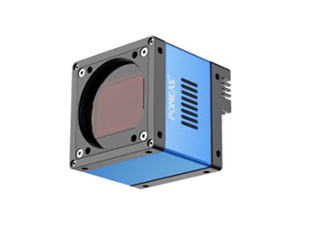
As the core component of the machine vision system, the technical parameters of the industrial camera have a crucial impact on the performance and accuracy of the entire system.
The technical parameters of industrial camera include resolution, frame rate, target surface size, sensor type and so on.
1. Resolution: Resolution is one of the important parameters of industrial cameras, which determines the clarity of the image. Higher resolution cameras can provide clearer images, but they also require higher processing speeds and more storage space.
2. Frame rate: Frame rate refers to the number of frames per second of the image captured by the industrial camera. A high frame rate industrial camera provides smoother and more accurate motion detection and tracking.
3. Sensor type: The types of sensors used in industrial cameras include CCD, CMOS, and so on. Different types of sensors have different performance characteristics, such as sensitivity, noise, and so on.
4. Target surface size: refers to the camera sensor diagonal size, the unit is usually inches. Common target size 1/2 "1/3", 2/3", 2/3", 1", etc., the larger the target size, the camera captures the image details of the richer.
5. Scanning mode: industrial camera scanning mode is mainly divided into interlaced scanning and progressive scanning. In interlaced scanning, the first time only scanning odd lines, the second scanning even lines, so that the completion of the two scans can get a complete image. Although this scanning method can reduce cost and improve frame rate, it may have problems such as comb effect and motion blur. Progressive scanning is another scanning method, which completes the image acquisition by scanning each line of the image consecutively line by line. Progressive scanning can eliminate problems such as comb effect and motion blurring that occur in interlaced scanning, and improve image quality and resolution.
Understanding and mastering the technical parameters of industrial cameras is very important for the correct selection and use of industrial cameras. In practice, it is necessary to select and configure according to the actual needs to ensure that the performance and reliability of industrial cameras to meet the application requirements.
Product recommendation
TECHNICAL SOLUTION
MORE+You may also be interested in the following information
FREE CONSULTING SERVICE
Let’s help you to find the right solution for your project!


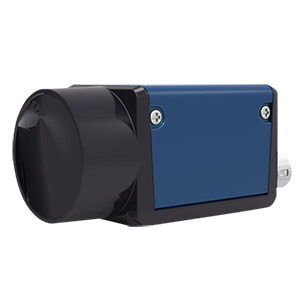


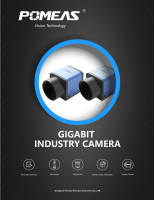

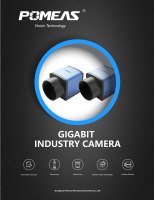
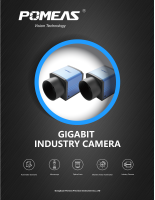
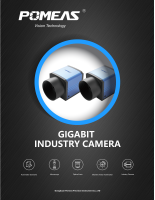
 ASK POMEAS
ASK POMEAS  PRICE INQUIRY
PRICE INQUIRY  REQUEST DEMO/TEST
REQUEST DEMO/TEST  FREE TRIAL UNIT
FREE TRIAL UNIT  ACCURATE SELECTION
ACCURATE SELECTION  ADDRESS
ADDRESS Tel:+ 86-0769-2266 0867
Tel:+ 86-0769-2266 0867 Fax:+ 86-0769-2266 0867
Fax:+ 86-0769-2266 0867 E-mail:marketing@pomeas.com
E-mail:marketing@pomeas.com
